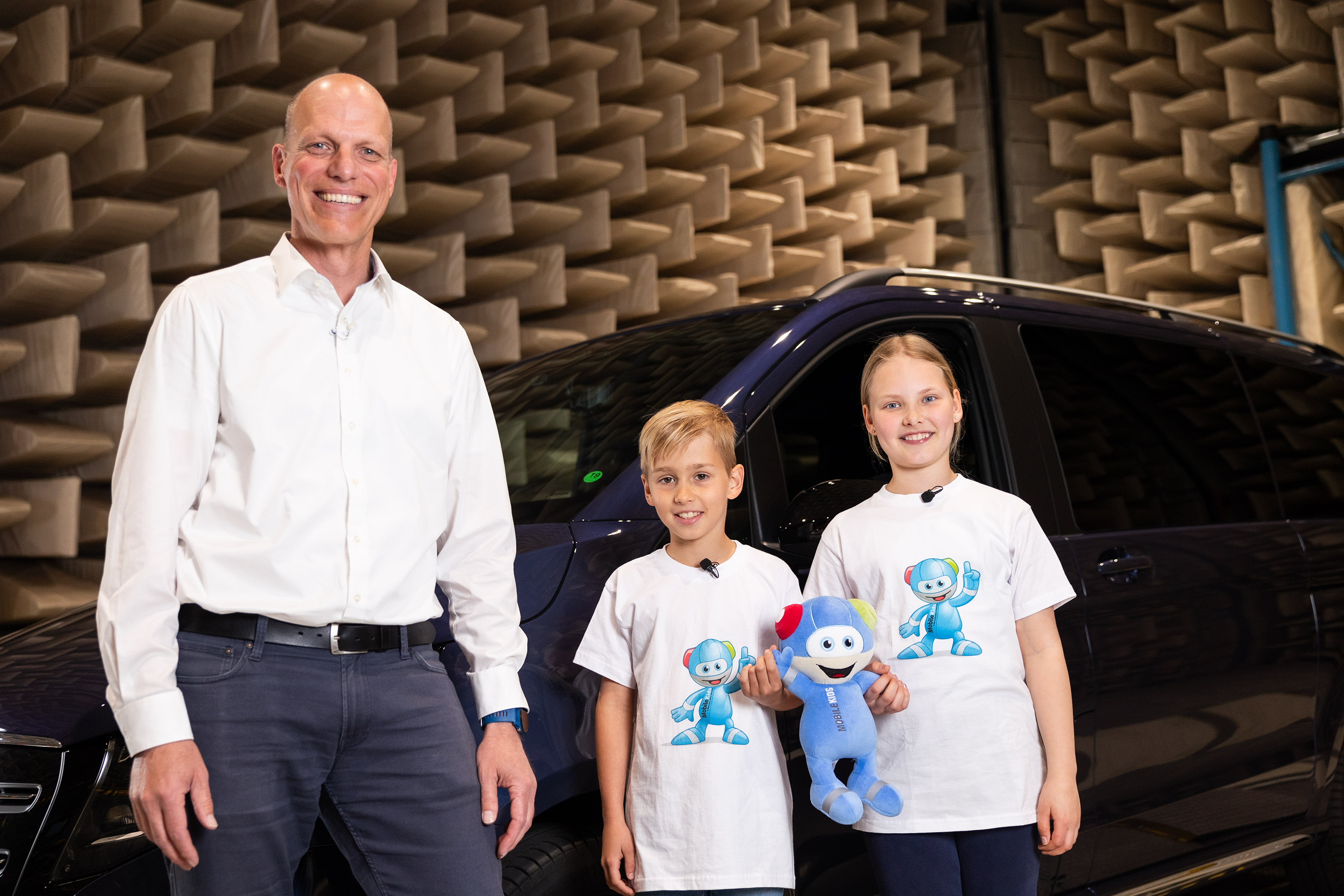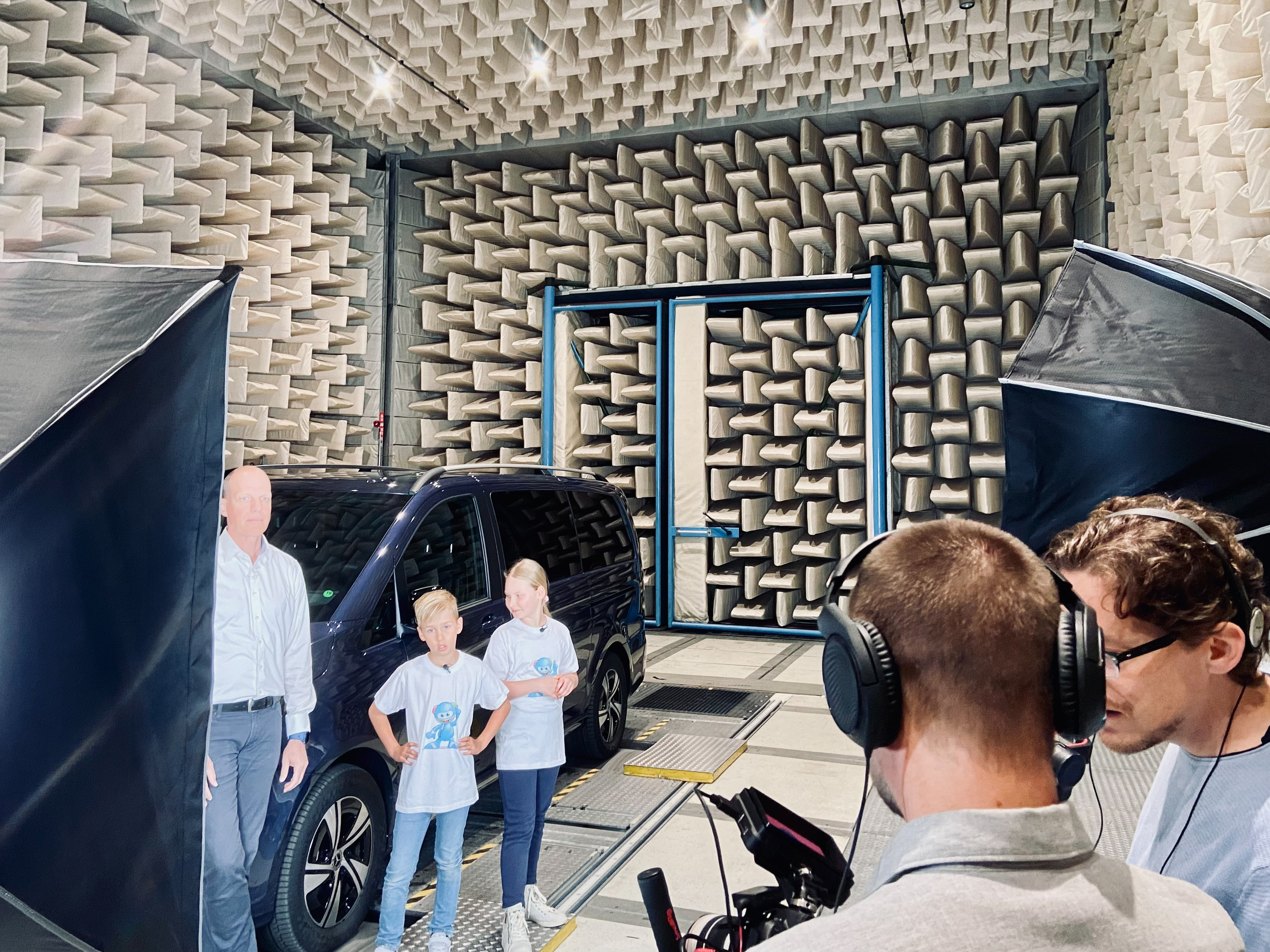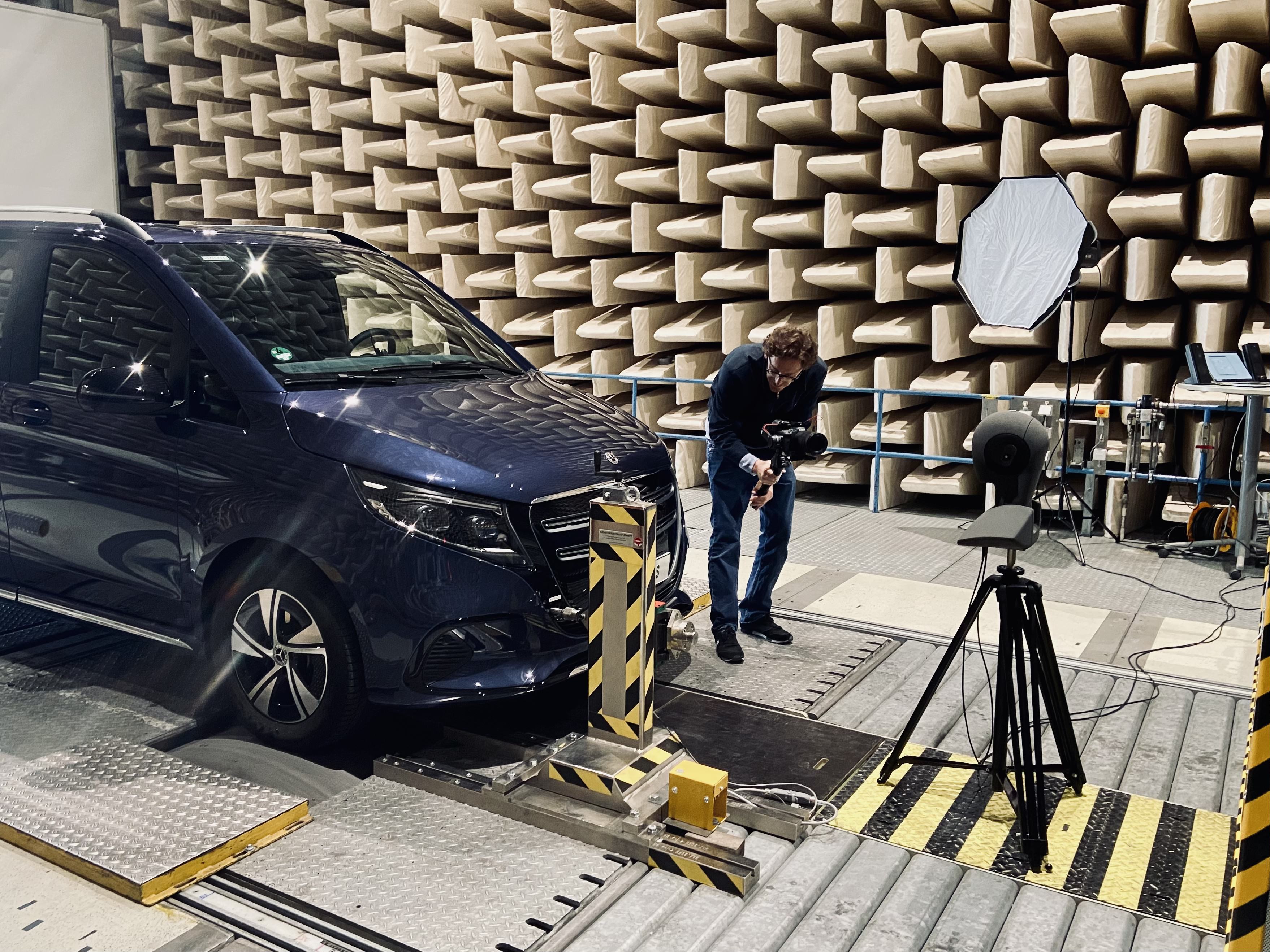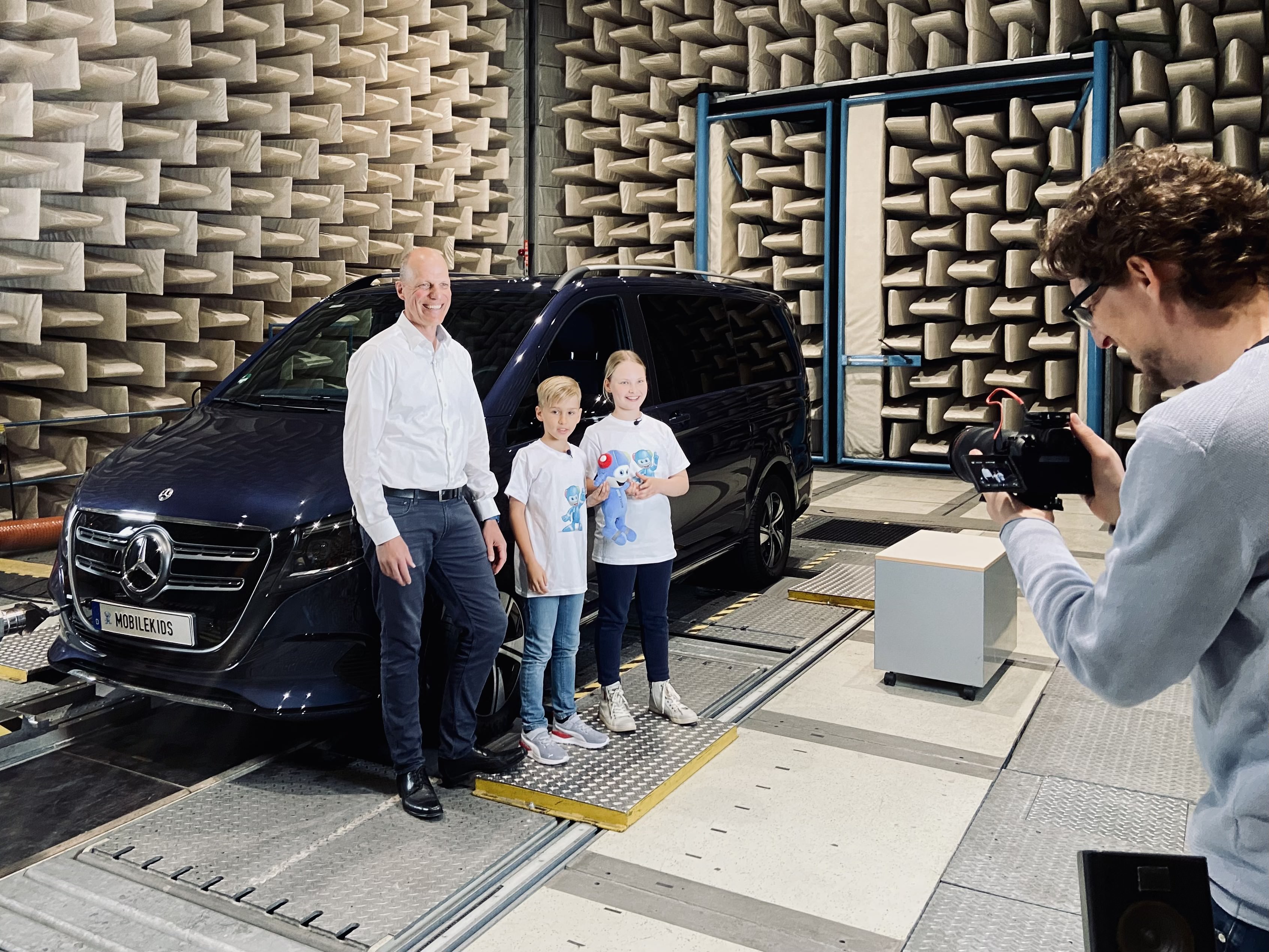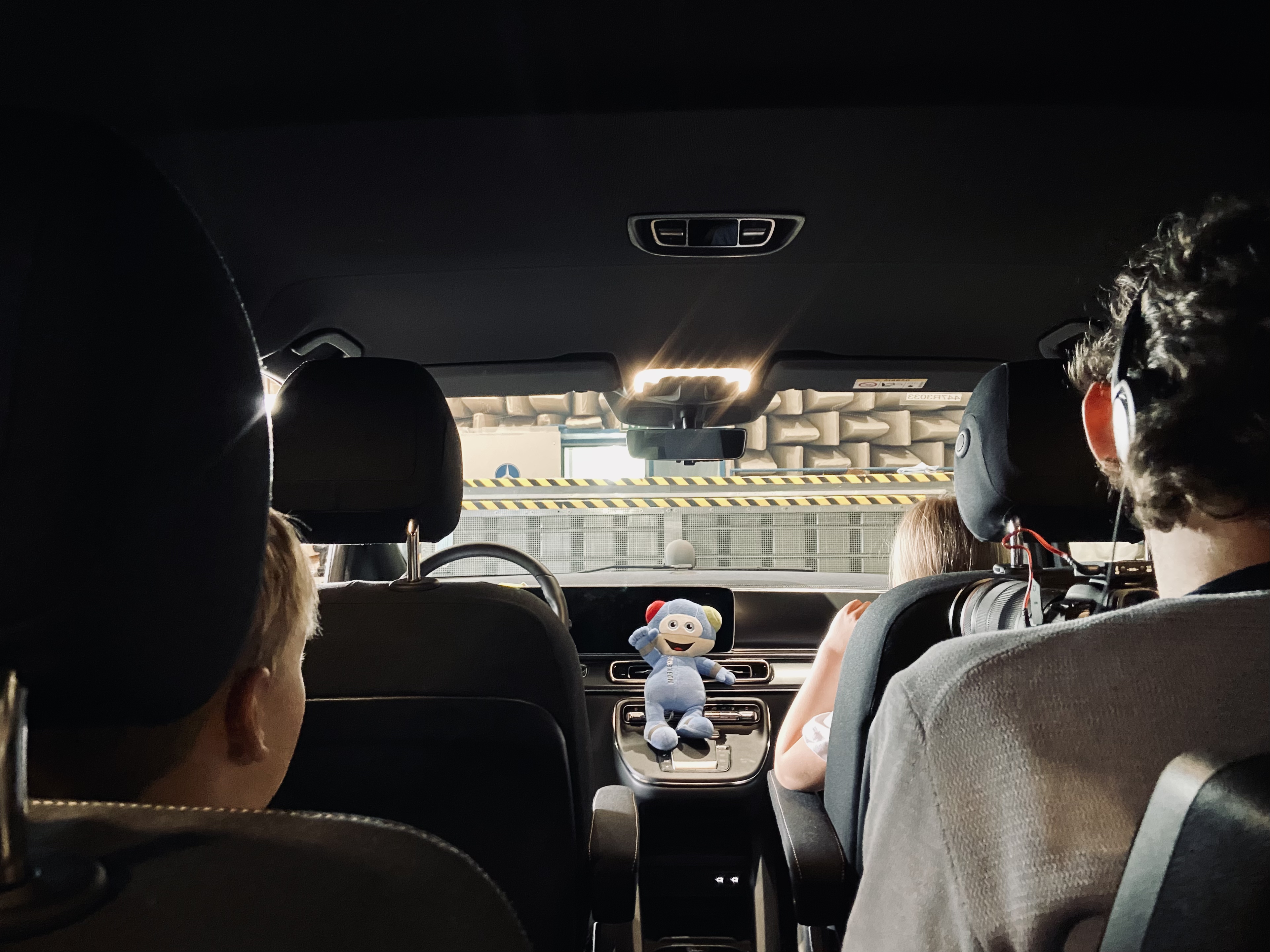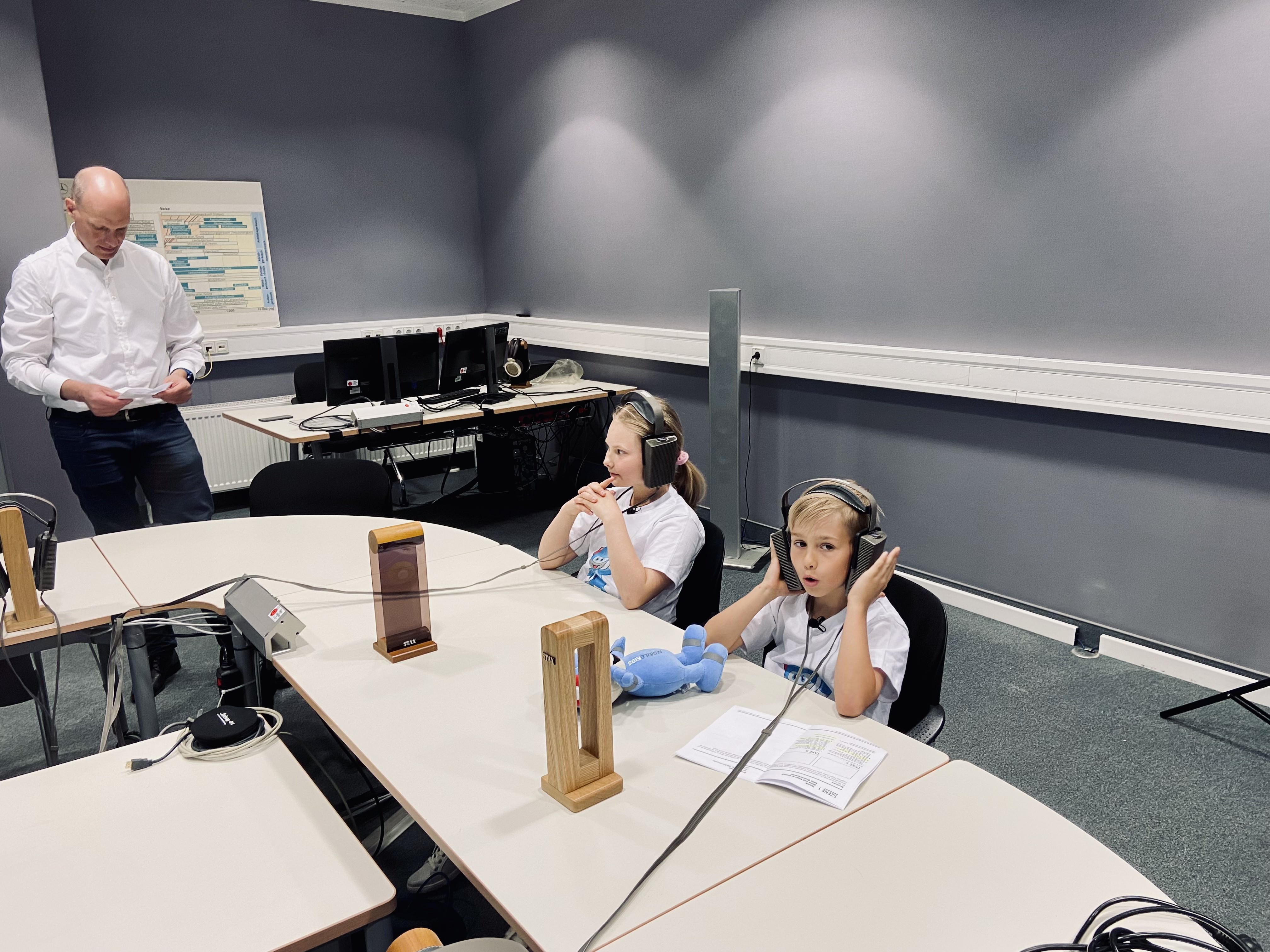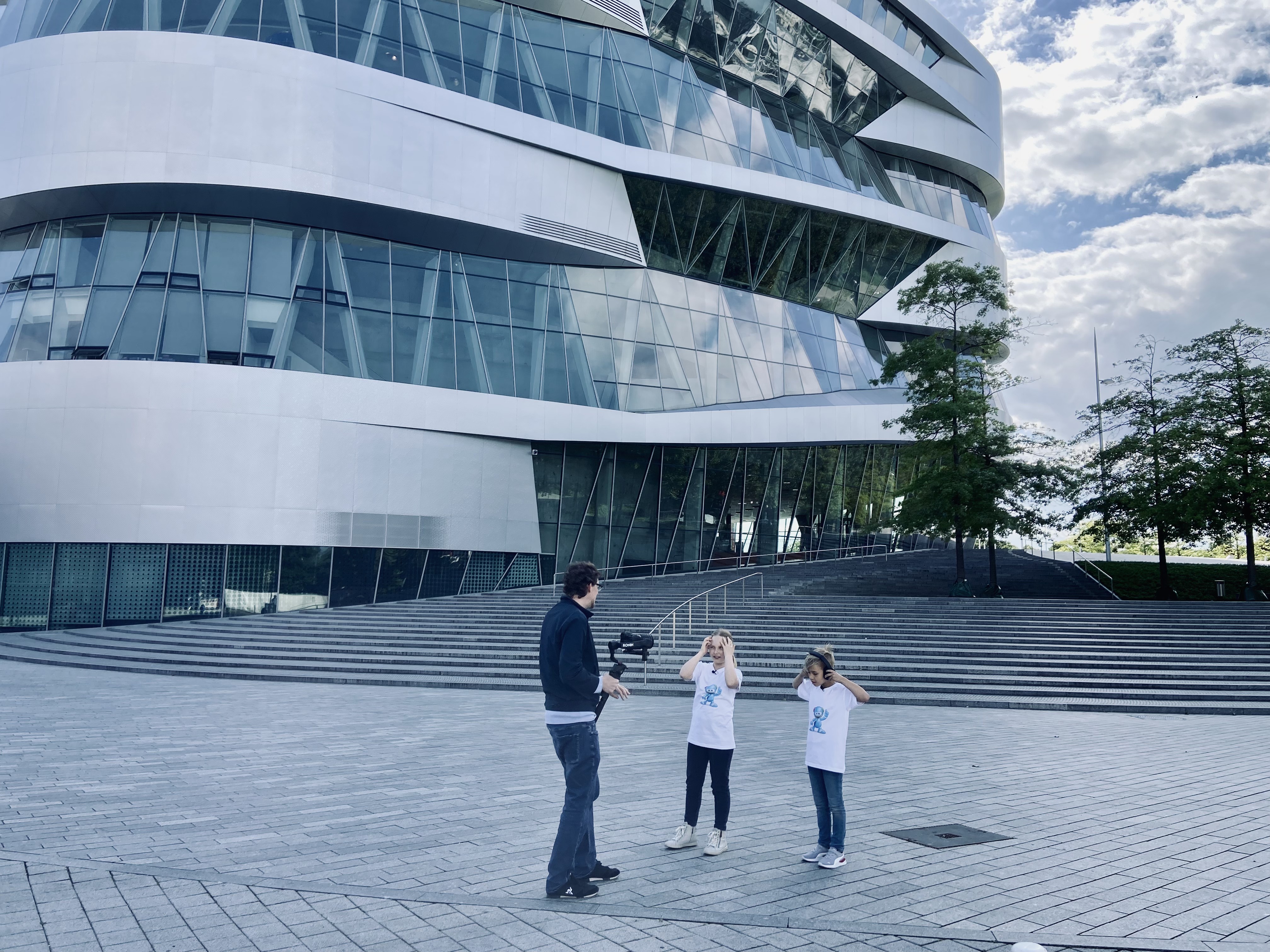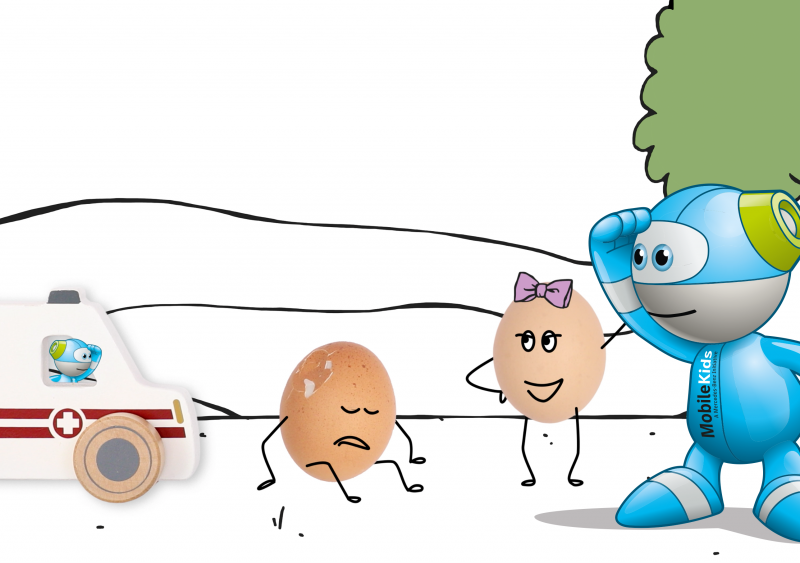How important is hearing in road traffic?
Hearing is a key sense to confidently orient yourself – especially for pedestrians and cyclists. We can only look in one direction at a time, but we can hear from several directions at once. When crossing a zebra crossing, for example, it's impossible to look left and right at the same time. But you can hear both sides. This is hugely important – and is unfortunately often underestimated.
What makes the topic so controversial?
The safest vehicles are useless if pedestrians or children on the bicycle notice them too late. And that's exactly what happens more and more often, because many people are traveling with headphones or in-ear music. You don’t notice the environment, feel safe about it-but it's not. I always say: Those who wear headphones are almost deaf in road traffic.
Do electric vehicles further exacerbate this situation?
Electric vehicles are significantly quieter at low speeds than conventional combustion engines. This is a major advantage for reasons of comfort-but it also involves challenges for road safety. This is why all new electric vehicles are equipped with a so-called AVAS system. This artificially generated driving noise ensures that e-vehicles remain clearly perceptible in the surroundings, even if they approach slowly.

Markus Länder, 50, is a graduate engineer at Mercedes-Benz. In his diploma thesis, he focussed on the prediction of interior noise in vehicles based on statistical energy analysis (SEA). Since joining what was then DaimlerChrysler AG in 2001, he has been responsible for NVH (noise, vibration, harshness) for all van model series. His main focus is on the structural dynamic properties of the vehicles – i.e. phenomena such as shuddering, humming and droning. Due to his personal interest in car hifi, he was also involved in tuning the Burmester sound system in the V-Class. This is how he first came into contact with the subject of vehicle sound.
And what does such a warning signal sound like?
It's a science in itself – and a question of design. At Mercedes-Benz, entire teams are working to ensure that our vehicles are also acoustically recognisable. The noise should be noticeable, but not annoying. It must warn people without frightening them. And in the end, it should sound like a Mercedes – high-quality, confident, pleasant. We are working on this in both the van and car sectors with various frequency ranges, test series and a great deal of sensitivity.
Are there differences between passenger cars and vans in acoustics development?
The basic sound design is carried out in close coordination with the passenger car department. The sounds used are therefore very similar. Nevertheless, there are clear differences: A 1:1 adoption of the hardware is often not possible in vans. The different geometries result in different radiation characteristics, which we have to compensate in a targeted manner. This means: Even if the sound sounds the same, the van often needs its own technical solution in order to achieve the same result.
That sounds complex. How is such a sound created?
The first step takes place in the studio, where the basic sound is designed. It is then installed in a vehicle and tested at various speeds. It is measured, adapted and optimised. It's important for the sound to be clearly audible from different directions – i.e. also from the front or rear of the vehicle. In the end, it's also about subjective perception: The noise must match the vehicle and the brand. The whole process can take several months –- from the initial idea to production maturity.
What does that mean for your day-to-day work?
Our day-to-day work involves the test bench, the sound studio and the test track. We are constantly listening very carefully – sometimes even in a figurative sense. Because we also need to understand people's behaviour: What do they perceive? How do they react? And how do we ensure that our vehicles attract attention in good time – especially in complex traffic situations?
What situations do you mean specifically?
Lively city centres are a good example. Lots of people, lots of noise, lots of distractions. Or crossings when visibility is poor, for example in fog or at dusk. Here, hearing plays an even greater role than seeing. Here's something I recommend everyone try out for themselves: Just sit at a quiet crossroads with your eyes closed – you can perceive what's going on around you pretty accurately. This is hands-on road safety education.
How do children actually react compared to adults?
Children generally hear higher frequencies better – their hearing is more fine-tuned. But they often lack the experience to categorise noises correctly. An adult can better judge whether a car is travelling fast or slowly and whether it's braking or about to turn off. Children, on the other hand, often recognise the danger late. That's why it's so important to specifically train hearing as a safety factor – at school, but also in everyday life.
What is your personal favourite vehicle sound?
I like it when a vehicle has a really cool sound when accelerating – it just makes driving more fun. But I'm also fascinated by the smaller sounds: For example, the spherical sound that many electric vehicles make when they start up. It conveys a feeling of home and tranquillity. It's almost as if the vehicle is talking to us.
What makes your work so exciting for you?
Electromobility has opened the door to new worlds of sound. In the past, sounds were simply there – today we can design them. It's almost like composing music. And when I see how this affects safety, comfort and the driving experience, I realise why I love this job.


